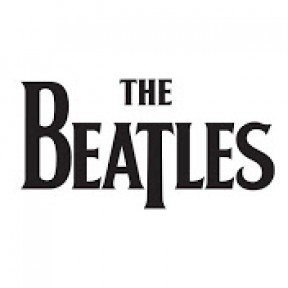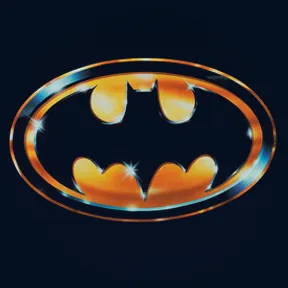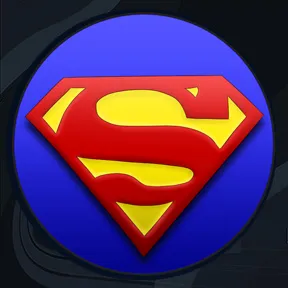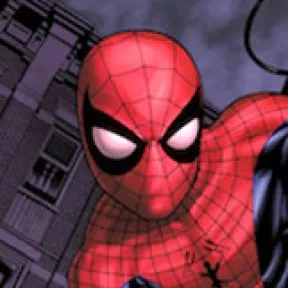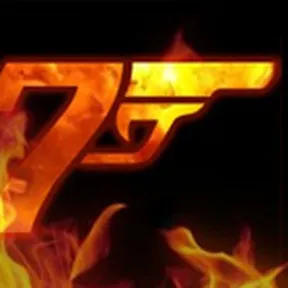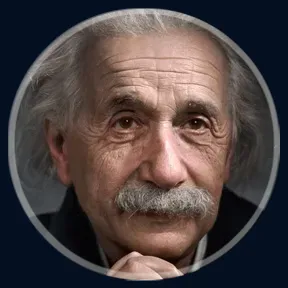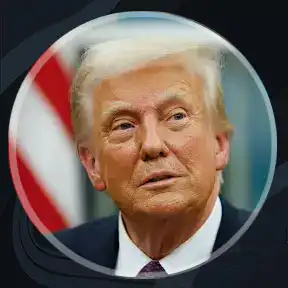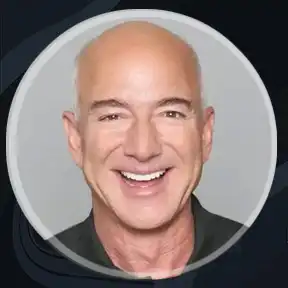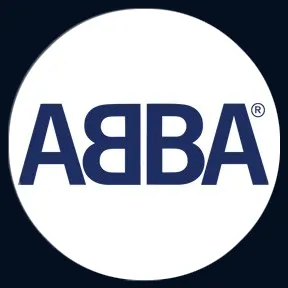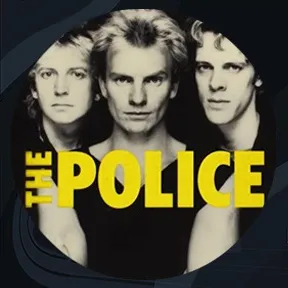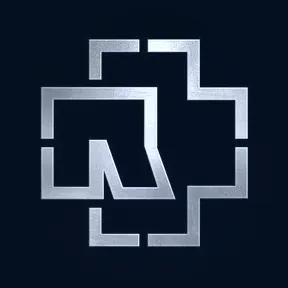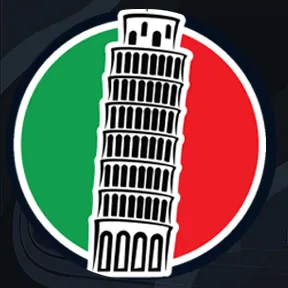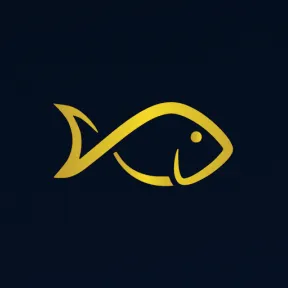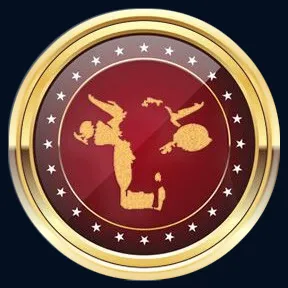The Beatles| The Story Behind Revolver | In Their Own Words
Following the ground-breaking album, ‘Rubber Soul,’ The Beatles, along with their longtime producer, George Martin, took it to the next level.
The band had made the conscious decision to never tour again thus there was no worry about how they’d recreate these songs live, enhancing the studio’s role in their music. So intricate was its recording that The Beatles would spend over 220 hours recording the album (they had only spent about 80 hours recording ‘Rubber Soul.’) The band, and in particular Lennon and Harrison, had been experimenting with LSD at this time, which contributed heavily to the sound of the record.
Experimenting with different recording techniques, thanks in large to 19-year-old audio engineer, Geoff Emerick (known as an audio experimentalist), the band encouraged studio staff that each instrument should sound unlike itself. There was major compression and tonal equalisation in place to make this happen. The band also experimented with new instruments such as tambura, table, clavichord, vibraphone and tack piano, amongst others. They also incorporated a horn section for the first time on ‘Got To Get You Into My Life’ and sound effects on ‘Yellow Submarine.’
Another innovation was the introduction of automatic double tracking on the vocals, as opposed to the vocalist singing the same bit twice and layed on top of each other. This became a standard effect in pop music going forward. ‘I’m Only Sleeping’ introduced a backwards guitar solo, something that had never been done before (Hendrix would famously use it on ‘Castles Made Of Sand.’ Emerick would enhance the sound of Ringo’s bass drum by inserting an item of clothing inside to dampen the sound. This is another technique that would become common practice. The drum sound achieved on this record, thanks to the close proximity of the microphones, would cause engineers to frantically try and recreate it in their own recordings. The music on ‘Eleanor Rigby’ was created solely by a string section, with Lennon and Harrison providing harmony vocals to McCartney’s lead, and was one of the band’s most elaborate songs to date.
Harrison was also maturing as a songwriter providing the songs ‘Taxman,’ ‘Love You To’ and ‘I Want To Tell You.’ Starr got his usual time to shine on ‘Yellow Submarine,’ a song that would become popular with children for generations to come (kids in 2021 still love it). But by far, the most ambitious song on the album, and indeed by the band to that time, was the closing track, ‘Tomorrow Never Knows.’ It was created with a series of tape loops created separately by the band.
From a total of 30 recorded, 16 were used on the record, each approximately 6 seconds long (that “seagull” through the song is actually the sound of McCartney laughing but sped up). Besides for Rock, Hip Hop and Electronic Music later on would benefit from these innovations. Lennon’s vocals were recorded through a Lesley Speaker, which was used to Hammond Organ primarily.
The structure and recording of this song was ground-breaking and the first of its kind by a mainstream artist. It’s been said that this song is the audio equivalent of an LSD trip. With its release, ‘Revolver’ took the band to a completely new level. They were no longer churning out songs like ‘I Want To Hold Your Hand’ and ‘She Loves You.’ This was the sound of the future and it elevated the band to new levels.
